Spine surgery is rarely an initial treatment for back pain, however, there are a few conditions that may require surgical treatment such as osteoporotic fracture of the spine, tumours of the spine and spinal deformities.
Osteoporosis of the spine

Tumours of the spine

Degenerative Disc Diseases
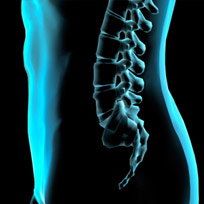
Herniated Disc
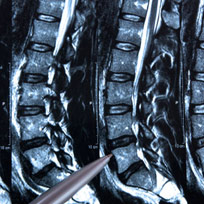
Spondylolisthesis

Spinal Trauma
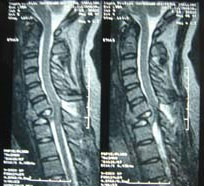
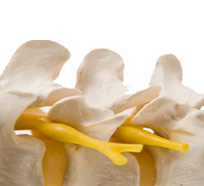
Spinal interventional pain therapy
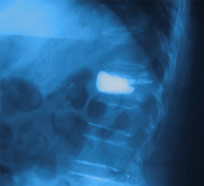
Vertebroplasty / Kyphoplasty
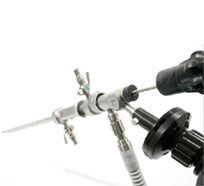
Percutaneous endoscopic lumbar discectomy
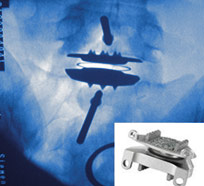
Artificial disc replacement surgery
- Cervical disc replacement
- Lumbar disc replacement
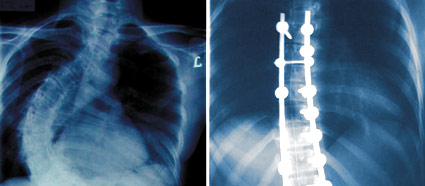
Spinal deformity correction surgery
- Scoliosis correction surgery
- Kyphosis correction surgery
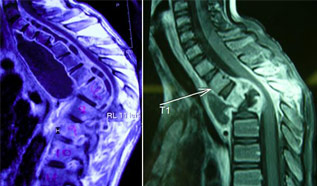
Surgery for infection of the spine

Thorascopic spinal surgery
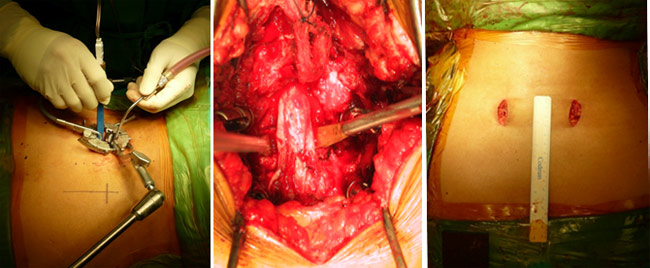
Minimally invasive spinal surgeries
Lumbar decompression surgery
TLIF (Transforaminal Lumbar Interbody Fusion)
Spine fracture stabilization